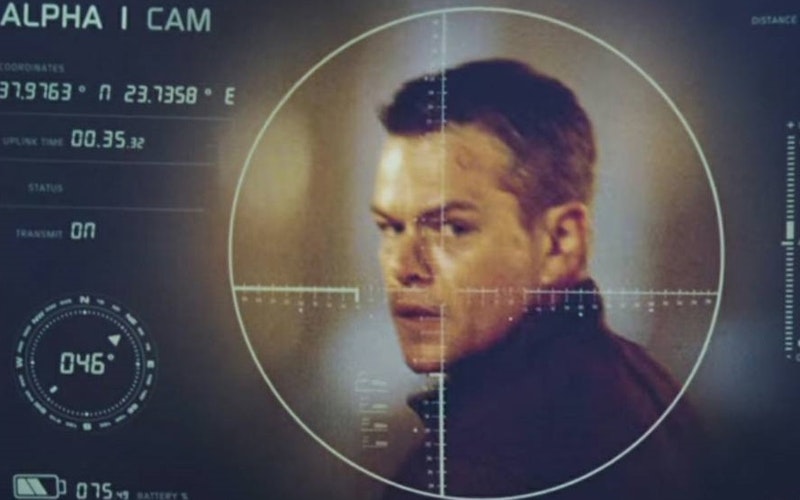
Movies
Surveillance and revelation in the Bourne movies
Were you to hurtle through The Bourne Identity, The Bourne Supremacy and The Bourne Ultimatum movies preparing for next week’s release of the series’ latest installment, Jason Bourne, your 2016 self would surely notice what your 2000s self might have only barely apprehended: Bourne’s search for his identity is increasingly subject to the gaze of a camera. The Bourne movies, in this way, track culture’s steady acceleration towards what Gilles Deleuze called a control society, in which much-touted citizenly freedom is increasingly subject to surveillance.
The first installment of the Bourne movies — with its chunky computer screens, CIA technicians pounding away at keyboards and a sadly grim Chris Cooper barking for “Bourne in a body bag by sundown” — conducts its surveillance with photographs, a bulletin board with thumbtacks and that quaintest of technologies: a map. The Bourne Supremacy, the second film, is higher-tech, but its surveillance is still largely passive, as agents wait for Bourne (Matt Damon) to pop up in Naples or Munich, always at a time of his choosing. Although only six weeks pass between the storyline of the second and third films, the world of The Bourne Ultimatum leaps from an alert monitoring to a predatory surveillance capable of real-time geo-tracking, cellphone hacking and crowd-screening, even in the middle of Waterloo Station.
The trailer for the new moviedoes not look promising. Instead of featuring a character that Ross Douthat once referred to as a monk of war, the preview evokes a one-man maelstrom. The trailer also recycles a line from Ultimatum, which, perhaps for reasons of melodramatic blasphemy, I have never been able to get out of my head. In that movie, Noah Vosen (David Strathairn), an effete CIA administrator, stares at a black-clad figure moving swiftly across one of his many monitors and says in unwonted reverence, “Jesus Christ, that’s Jason Bourne.” The words evoke a disruption in the customary visual habits of surveillance. Instead of scrutinizing, analyzing and tracking people as data points, Vosen encounters, however briefly, a self in the face of Bourne.
Facing other people enables us to behold God’s face, even when others’ features are indirectly experienced.
We can talk after seeing Jason Bourne about whether the hero still comes off as a Christ figure, sighted first in Identity in a Mediterranean baptism, seen last in Ultimatum resurrected from the waters of death. You can tell me whether this character’s flight from authorities local and imperial, his reluctance to display his powers and his bafflement about his mission still makes Vosen’s line about Jason and Jesus feel reversible.
What may be more important for Christian viewers in particular is how the story represents digital technology’s widening and mediating the gap between selves. Everyday digitized faces can, of course, reduce people to suspiciously editable pixels. It’s easy to deceive and be deceived about smartphone images or body-cam videos. But think about how the movies contemplate Bourne’s images in government files and on surveillance screens. For some, the images all too quickly become reasons for mistrust; for others, like Deputy Director Pamela Landy (Joan Allen), the pictures function as icons, mediating Bourne’s very particular personhood and helping her to know Bourne’s life and history before he himself does. Doesn’t that suggest how attentive witnesses may see more of the dignity in everyday mediated faces — think border-crossing refugees or stateside shooting victims — than these people might know in their own harried experience?
In Self and Salvation, British theologian David Ford argues that facing other people enables us to behold God’s face, even when others’ features and persons are indirectly experienced. In those moments of mediation, notes Ford, “it might be the most crucial thing of all to recognize and strengthen those links” between selves near and far, at least for those who recognize that a visage can be “an interrupting summons to justice and peace.”
If you see Bourne again, be on the lookout, then, for moments when surveillance pauses and revelation begins.
Topics: Movies, Culture At Large, Science & Technology, Technology, Arts & Leisure